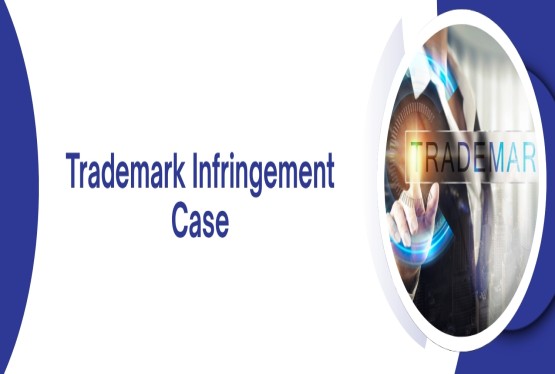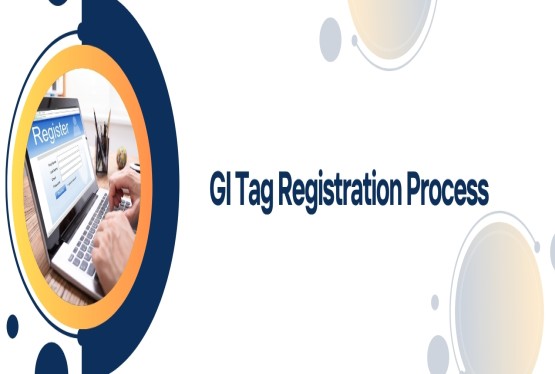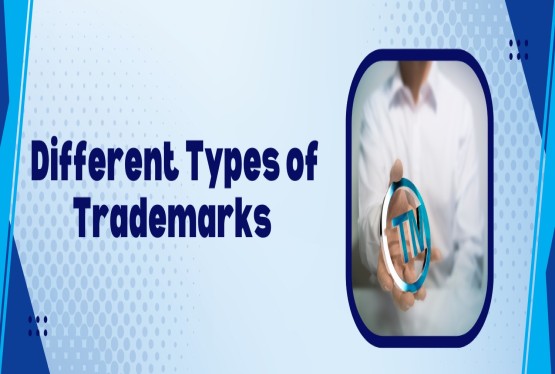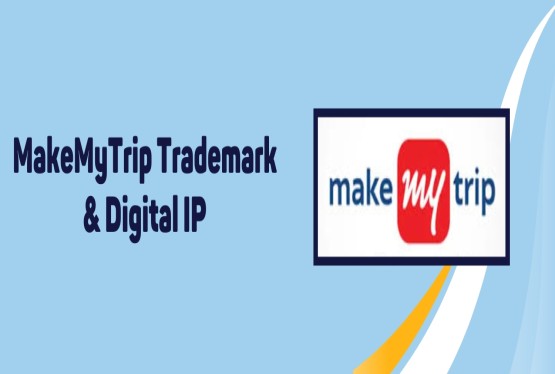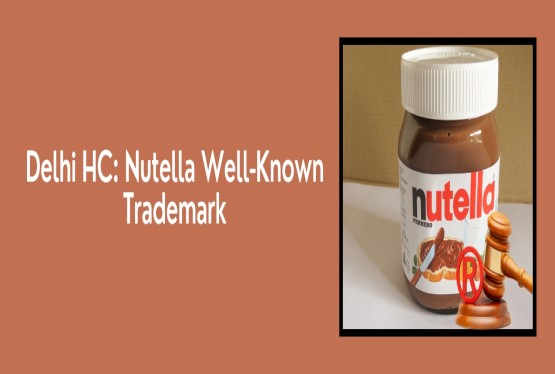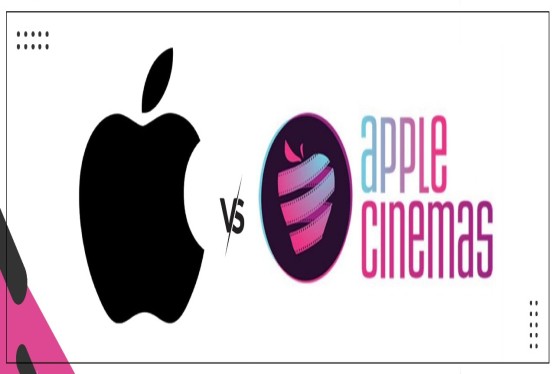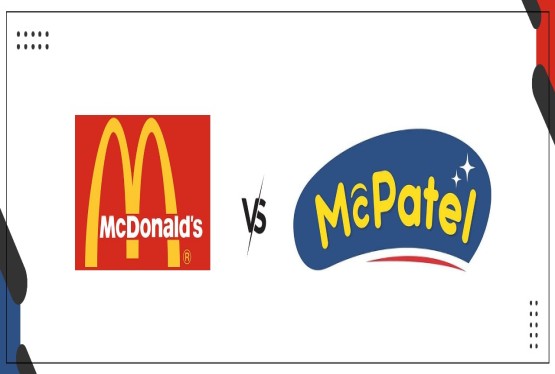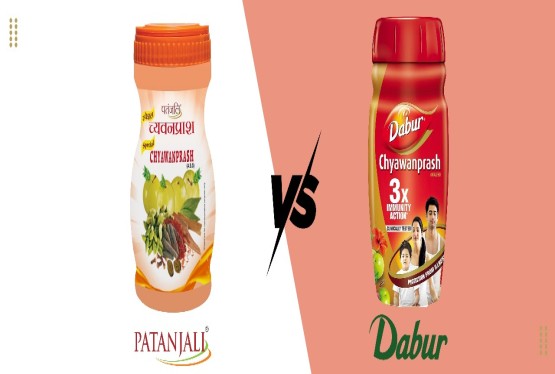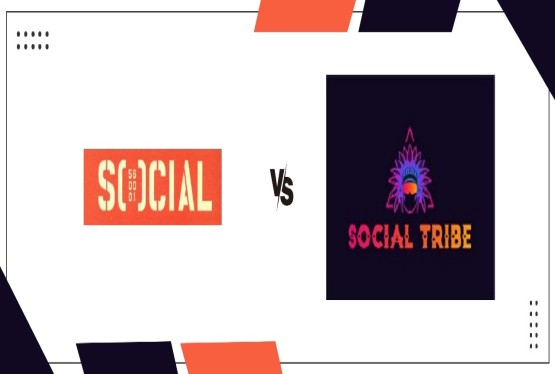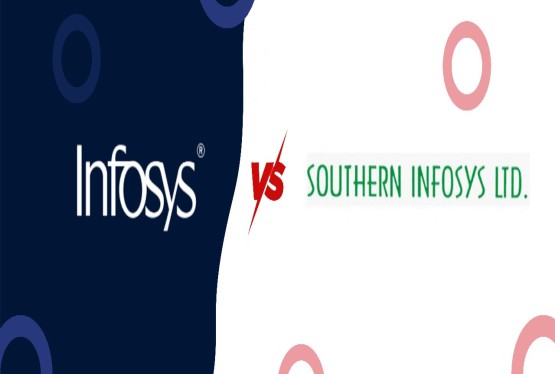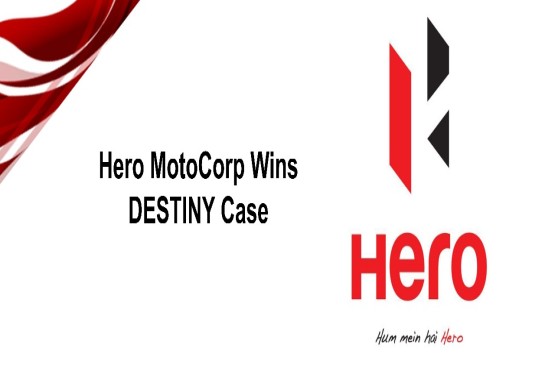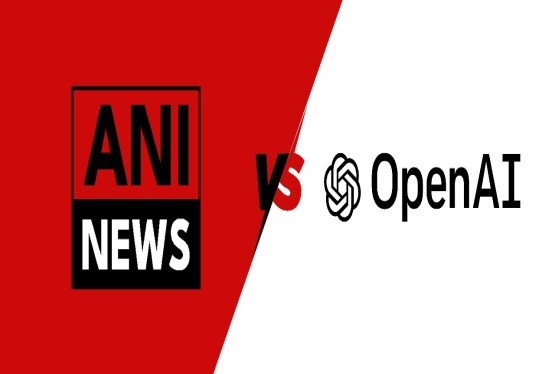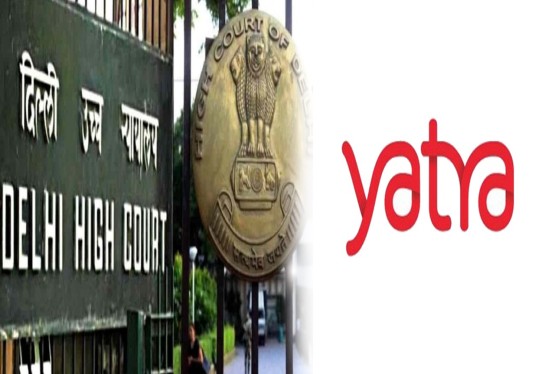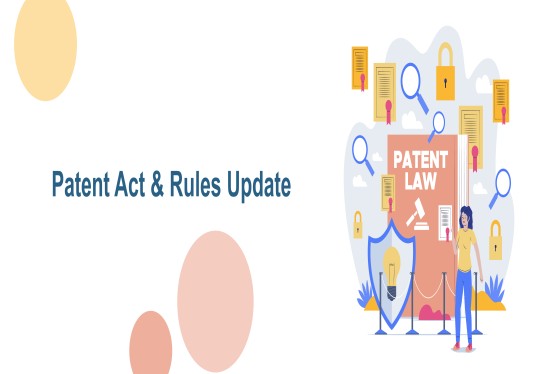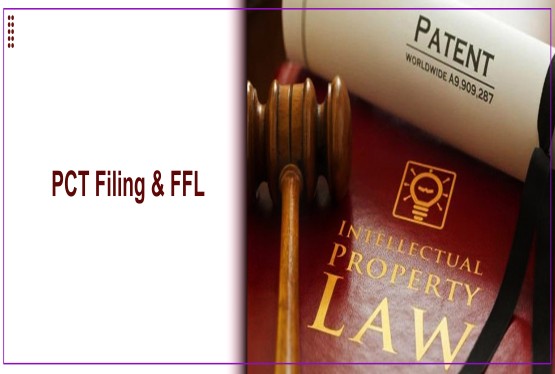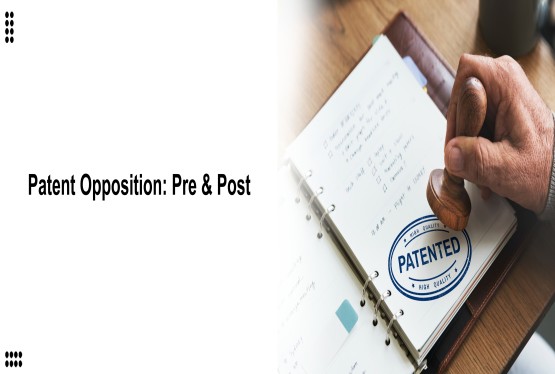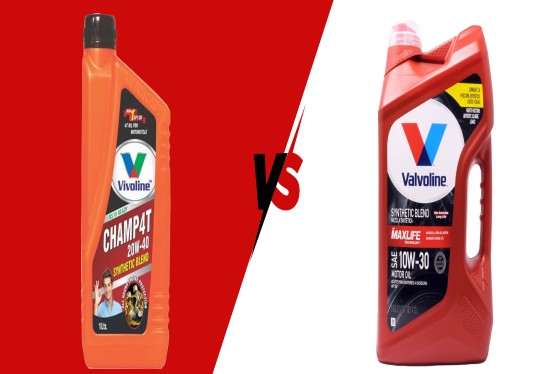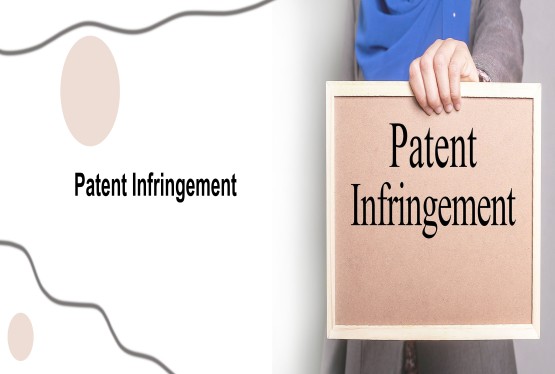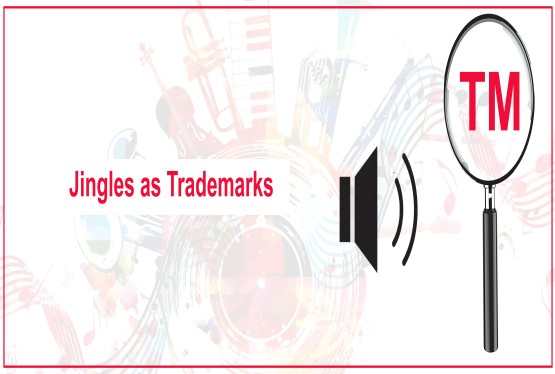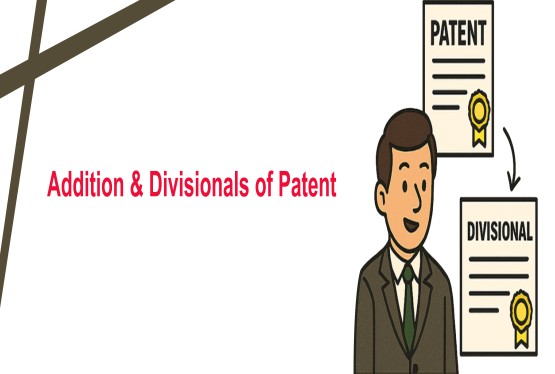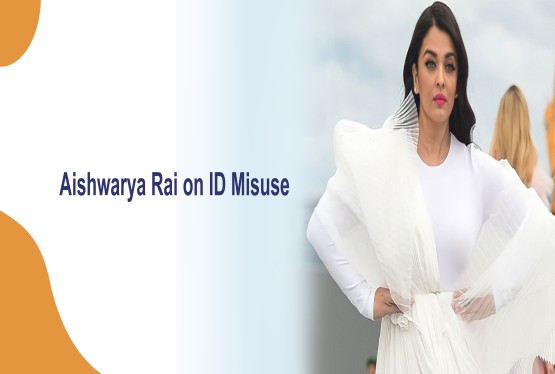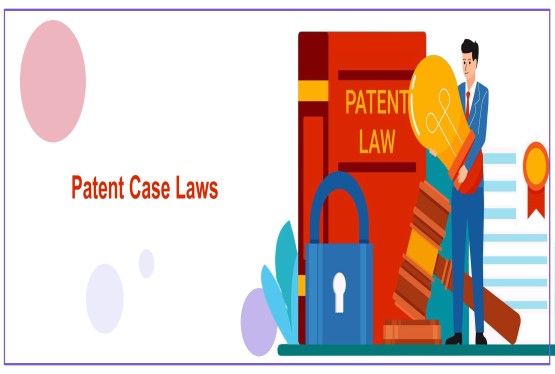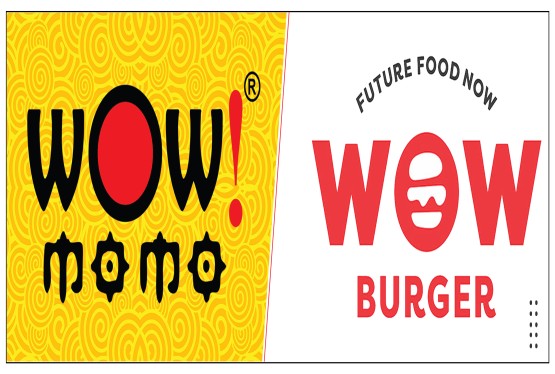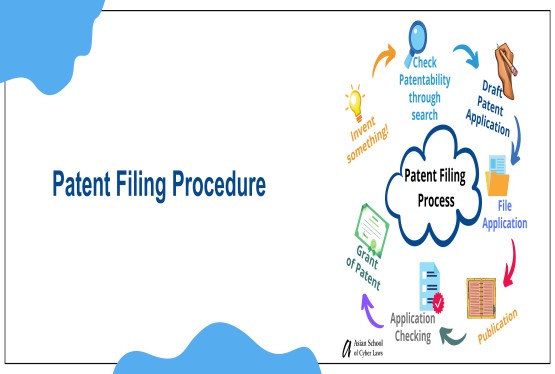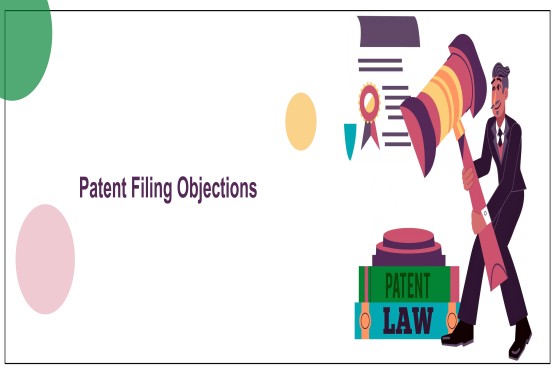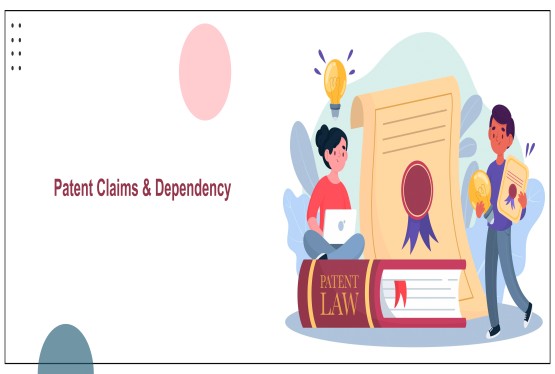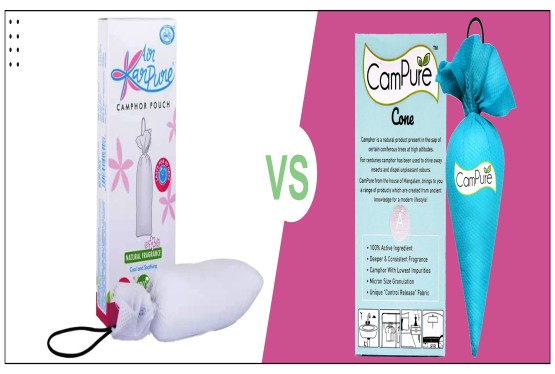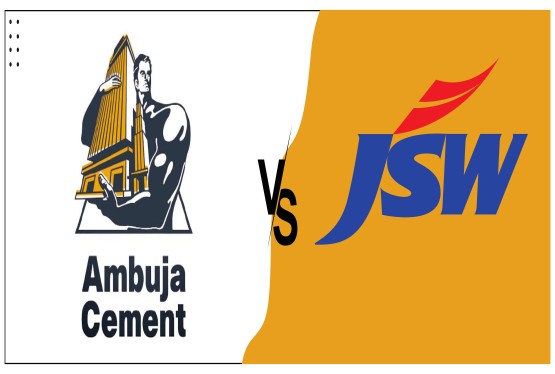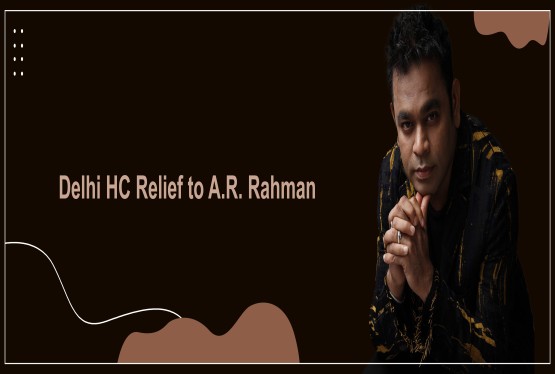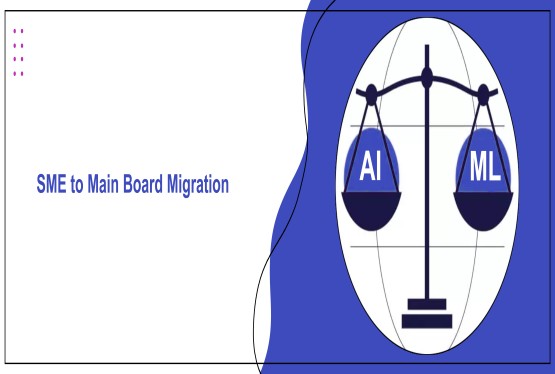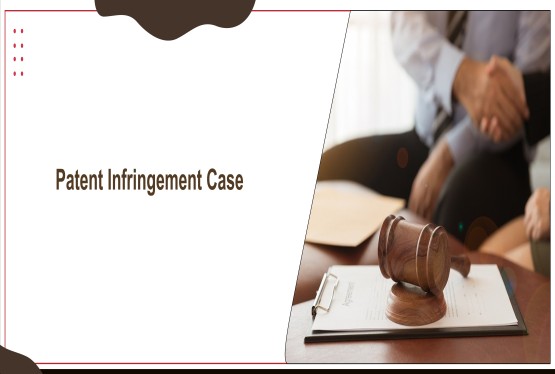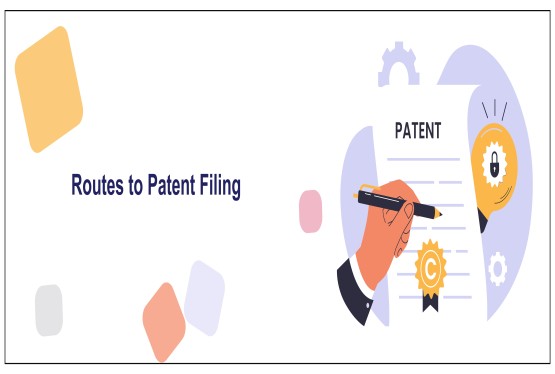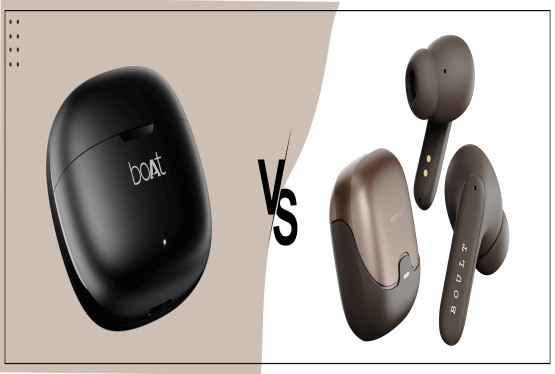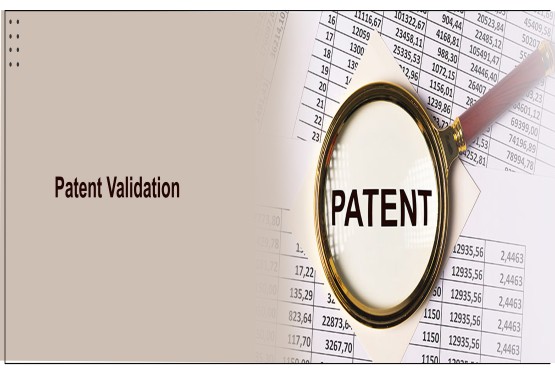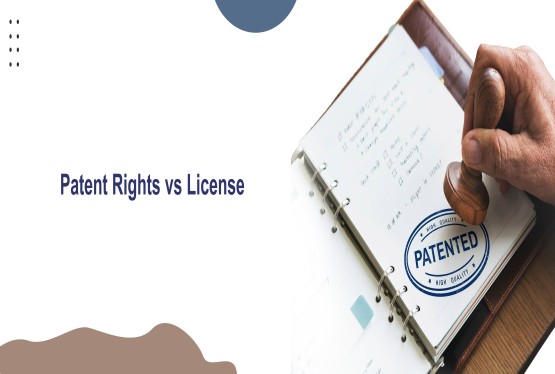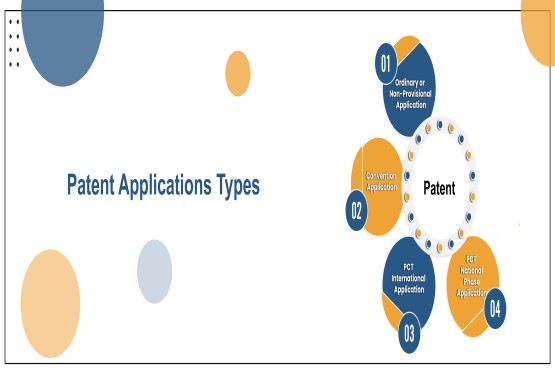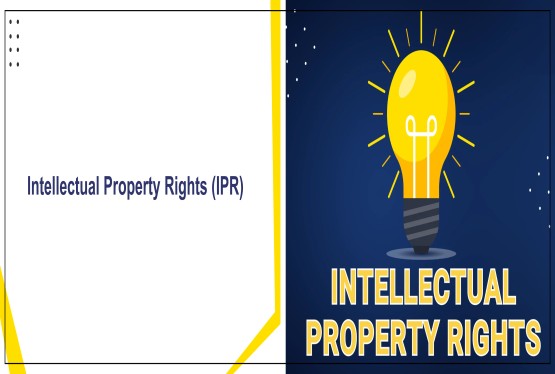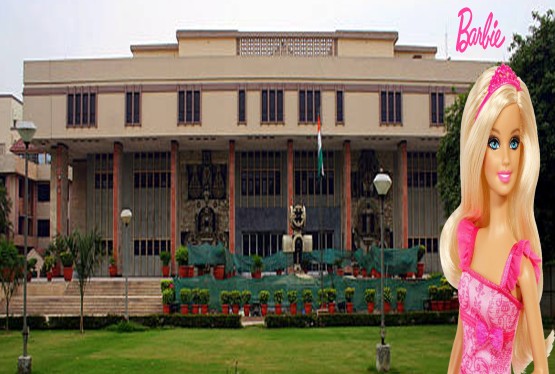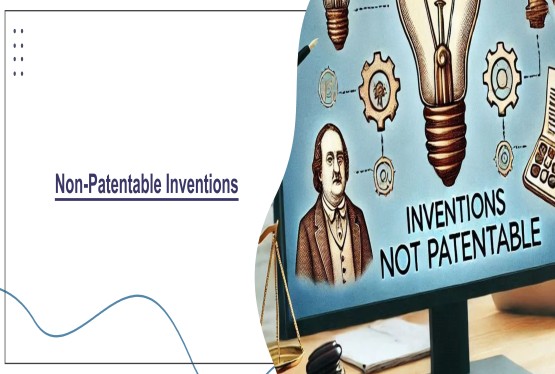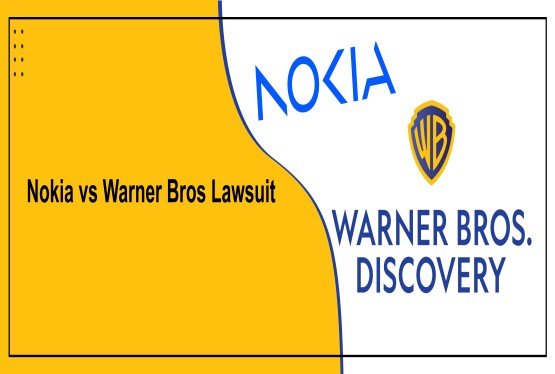In the growing and evolving world of branding and creativity, the line between humor and violation is becoming increasingly thin. One of the most debated issues in trademark law today revolves around parody and trademark infringement. While both deal with the use of a registered mark, their intent, impact, and legal implications differ significantly. Understanding these differences is crucial for content creators, businesses, legal professionals, and consumers alike.
What is a Trademark?
A trademark is any word, phrase, symbol, design, or combination that identifies and distinguishes the source of goods or services of one party from others. It protects brand identity and ensures that consumers are not misled about the origin of a product or service.
For example, brands like Nike, Apple, or Coca-Cola are protected by trademark laws which prevent others from using their logos or names in ways that could confuse customers or dilute their brand.
What is Trademark Infringement?
Trademark infringement occurs when an unauthorized party uses a trademark or a confusingly similar mark in a way that causes a likelihood of confusion among consumers about the source of the goods or services.
Key Elements of Trademark Infringement:
-
Use of a registered trademark (or something similar).
-
Commercial use.
-
Likely to cause confusion or deceive consumers.
-
Harm to the reputation or value of the original trademark.
Example:
If someone starts selling smartphones under the name “Appel” with a logo similar to Apple Inc., it would likely be considered trademark infringement because consumers might believe the product is related to or endorsed by Apple.
What is a Parody?
Parody is a form of expression that imitates a trademark for comedic or critical purposes, often to make a statement or satire. Parody is generally protected under freedom of speech and fair use doctrines, especially in jurisdictions like the United States and India, when it is non-commercial and does not create confusion.
Key Characteristics of Parody:
-
Imitates the original in a humorous or critical way.
-
Does not attempt to pass off as the original.
-
Often used for commentary, satire, or social critique.
-
Unlikely to confuse consumers about the source or sponsorship.
Example:
A T-shirt showing a spoof of the Pepsi logo with the word “Peesi” and a message mocking soft drink culture may be considered parody. If it's clearly a joke and doesn't mislead buyers into thinking it’s from PepsiCo, it could be legally protected.
Legal Difference Between Parody and Infringement
|
Aspect |
Trademark Infringement |
Parody |
|
Purpose |
Commercial, to gain from brand value |
Humorous, critical, satirical |
|
Consumer Confusion |
High likelihood |
No or minimal likelihood |
|
Use of Trademark |
Unauthorized and misleading |
Unauthorized but transformative |
|
Legal Protection |
Violates trademark law |
Protected under fair use/freedom of speech |
|
Intent |
To profit by imitating the original |
To critique, mock, or comment on the original |
Indian Legal Perspective
India does not have a specific statutory exemption for parody under the Trade Marks Act, 1999, but courts have considered intent, commercial purpose, and consumer perception in infringement cases. Parody may be defended under freedom of speech (Article 19(1)(a)) if it does not mislead consumers.
Case Law Example:
In Hindustan Unilever Ltd. v. Gujarat Cooperative Milk Marketing Federation Ltd., Amul aired a parody ad that referenced HUL's product. The court did not find it infringing as it was humorous and not misleading.
However, if parody is used for commercial gains and confuses consumers (e.g., selling lookalike goods with spoof logos), courts are more likely to view it as infringement.
Global Viewpoint
In the United States, the Lanham Act governs trademarks, and parody may be protected under the fair use doctrine and First Amendment. In the UK and EU, parody has a more limited defense but may still be shielded under artistic expression rights.
When Does Parody Become Infringement?
A parody crosses the line into infringement when:
-
It causes consumer confusion.
-
It damages the reputation of the original brand.
-
It is used for commercial exploitation of the original mark.
-
It dilutes the distinctiveness or blurs the identity of a well-known trademark.
Best Practices for Creators and Businesses
-
Avoid Likelihood of Confusion: Ensure that your parody cannot be mistaken for the original.
-
Use Humor or Critique Clearly: The satirical intent should be obvious to the average viewer.
-
Don’t Use Logos in Commercial Products Without Caution: Especially if sold to consumers.
-
Consult IP Lawyers: Before launching parody-based campaigns or merchandise.
-
Avoid Defamation or Malicious Content: Even if humorous, malicious intent can backfire legally.
Conclusion
Parody and trademark infringement operate in a delicate balance between creativity and legality. While parody is a powerful form of expression and social commentary, it should be exercised responsibly to avoid legal complications. Businesses must protect their trademarks while acknowledging that not all uses—especially humorous or critical ones—constitute infringement. Legal clarity often lies in the intent, usage, and perception, making each case unique.






























_(b)_of_the_Trademark_Act,_1999_(1)_crop10_thumb.jpg)



_crop10_thumb.jpg)




























_crop10_thumb.jpg)
_crop10_thumb.jpg)






_crop10_thumb.jpg)








_crop10_thumb.jpg)



_crop10_thumb.jpg)





























_crop10_thumb.jpg)

















_crop10_thumb.jpg)






_crop10_thumb.jpg)












































































































































_crop10_thumb.jpg)




































_crop10_thumb.jpg)












_crop10_thumb.jpg)













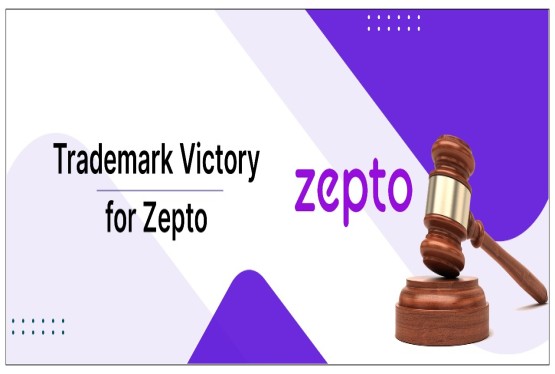




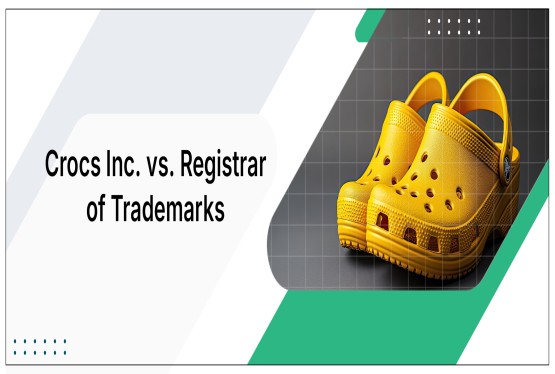















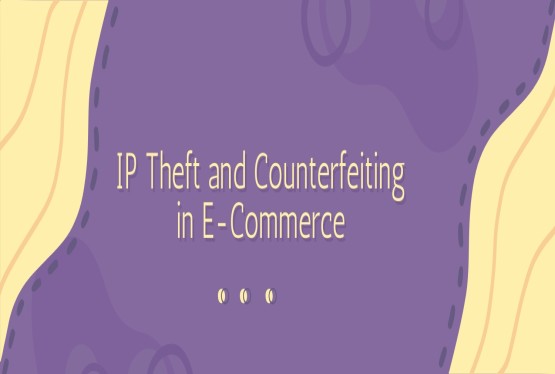











_crop10_thumb.jpg)






